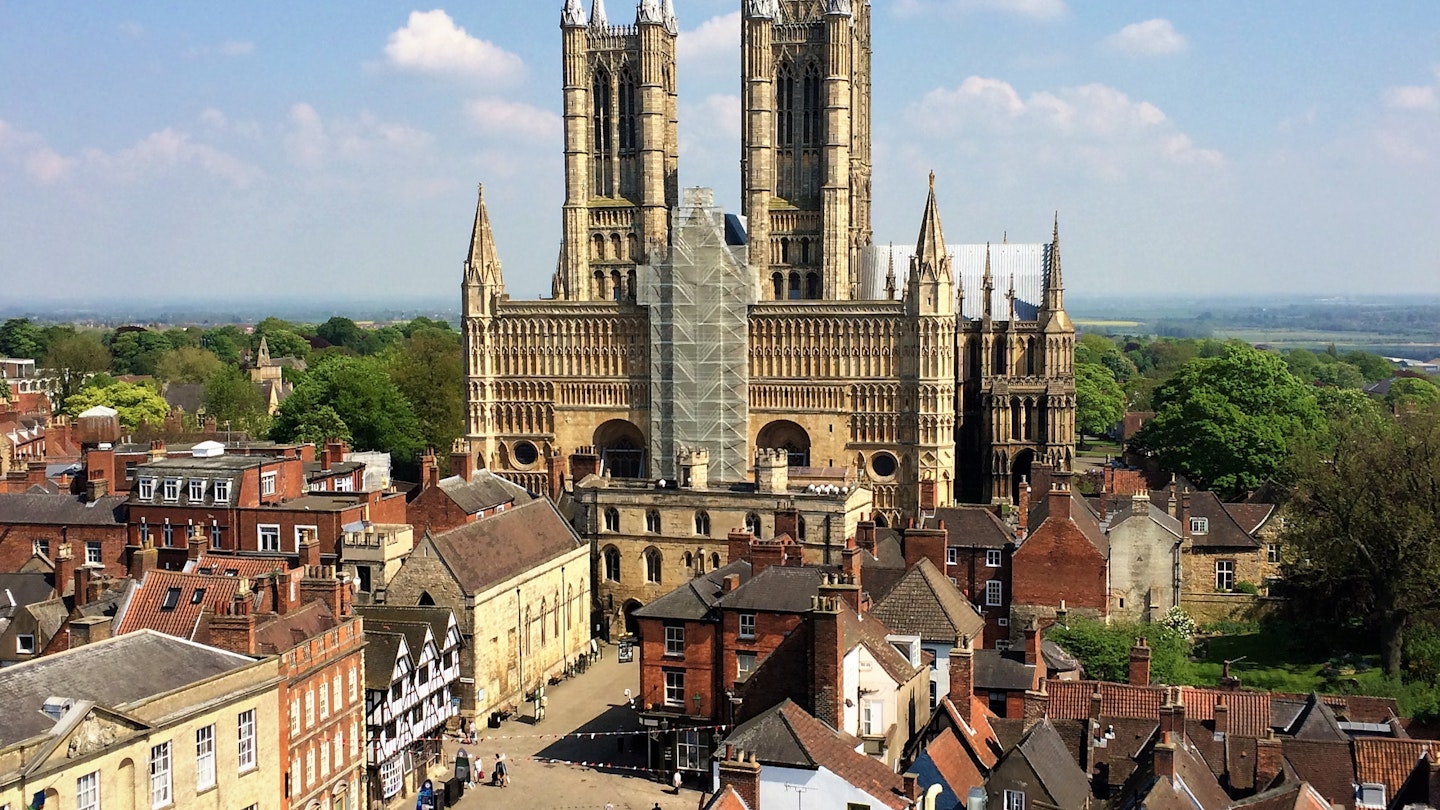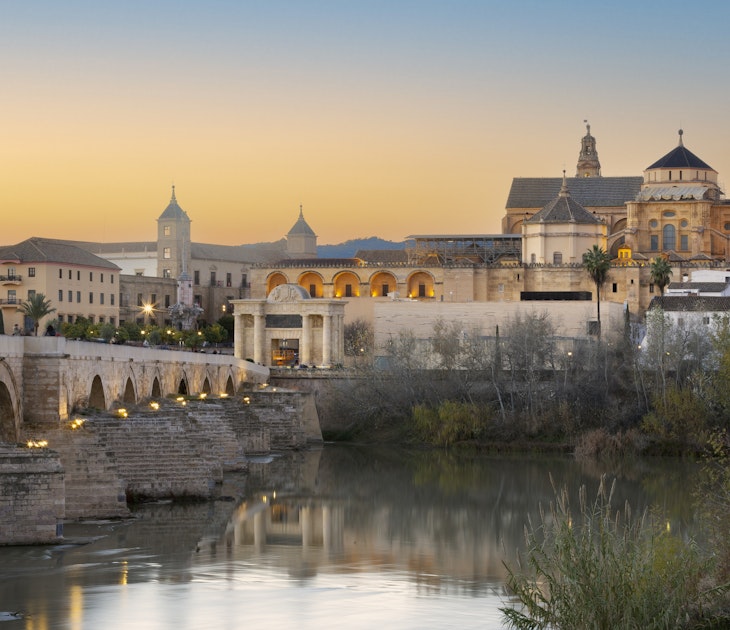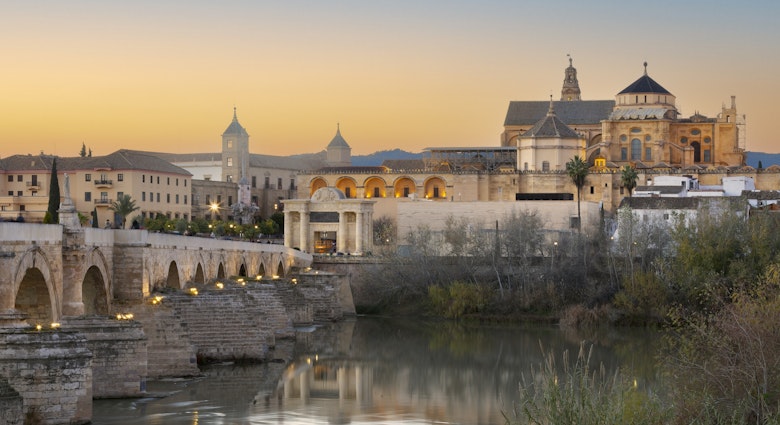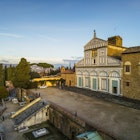Castles, cathedrals, grand stately homes and quiet country lanes are what many visitors look forward to seeing on any trip to England. And one hidden corner of the country, centred on the beautiful cathedral city of Lincoln, offers all these quintessentially English trademarks but with fewer visitors than you’ll get at more famous locations.
For some of the best of Britain without the worst of the crowds, head for the following highlights.

Lincoln – medieval record holder
It might surprise you to learn that Lincoln once literally looked down on the rest of the world thanks to its cathedral being the tallest building on earth. In 1311, with the completion of its 160m-high spire, it surpassed Egypt’s Great Pyramid and the title went undisputed for 238 years until a storm blew the spire down. Even spire-less, this is a wonderful building, displaying the wealth and importance of this now sleepy city in the Middle Ages. And Lincoln’s charms don’t stop with its ecclesiastical claim to fame. Imposing Lincoln Castle holds one of four surviving copies of the 1215 Magna Carta, while the city’s steep (don’t say we didn’t warn you) streets that make up the medieval centre are lined with centuries-old buildings housing restaurants (an excellent option is The Bronze Pig), pubs and independent shops. For a glimpse into a more recent but equally fascinating past, visit the new International Bomber Command Centre on the outskirts of town. Through interactive displays, personal memorabilia of those involved, and a soaring metal memorial, it takes a balanced look at one of World War II’s most important campaigns.
You can use Lincoln as a base for the rest of this corner of the country and for somewhere to rest your head there are some great options. Choose between sleeping in history at the 600-year-old White Hart, close to the cathedral, the modern conveniences at the Doubletree, overlooking the redeveloped harbour, or the genteel country manor atmosphere of Washingborough Hall, a short drive from the city.

Stamford – star of the silver screen
You’d be forgiven for expecting to bump into Mr Darcy as you stroll the quaint streets of stately Stamford. The elegant buildings in this most pretty of small towns haven’t escaped the attention of film and television producers who have used it in many an historic drama, including the 2005 adaptation of Pride & Prejudice. The town centre is a joy to stroll around, with every turn revealing new architectural delights. If the buildings remind you of the more famous Cotswolds region of southwest England, that's because there's a geological link between the two areas – the limestone found and used here is the same as in the Cotswolds. Visit St Mary’s Church (noting its leaning tower), have a drink in the hugely atmospheric 13th-century Tobie Norris pub, and spend the night (or at least enjoy afternoon tea) in the relatively modern (a mere 400 years old) George Hotel.
As far as local folk doing well goes, it doesn’t get more impressive than William Cecil, chief adviser to Elizabeth I and the most important person in England (after the queen) in the late 16th century. As impressive as his rise to power is the grand home he built on the back of it, Burghley House. A 30-minute walk from Stamford through wooded parkland, this is the country’s most spectacular example of Elizabethan architecture, with an elaborate exterior, luxurious internal decorations, and grounds designed by everyone’s favourite 18th-century gardener, Capability Brown.

Easton Walled Gardens – green fingered dedication
The English love their gardens and the restoration of Easton Walled Gardens has certainly been a labour of love for the Cholmeley family. Landowners round here for centuries, over the last 20 years (and counting) they’ve put their time and money into returning the lawns, flower beds and trees of Easton to their former glory. A grand house once stood at the centre of the gardens but had to be demolished in the 1950s after damage during the war – damage caused not by the enemy but by the British forces occupying the property after it was commandeered. These days you can wander the wonderful avenue of yews, play on the swing or perch quietly by the river and keep a look out for kingfishers and otters.
To pretend that the gardens are your very own, book a night in one of the estate’s converted historic properties – guests are given full after-hours access so you can smell the flowers in perfect solitude.
Grimsthorpe Castle – if it's good enough for Henry VIII...
Unlucky in love, Henry VIII was at least fortunate when it came to grand houses, whether he was grabbing them from his ministers (Hampton Court) or having them built by a courtier in honour of a royal visit. Grimsthorpe Castle falls into the latter category, constructed by Henry's friend, Charles Brandon in 1541 – the deer that roam the grounds here are descendants of those Henry himself hunted. On one side is the Tudor building with the customary long gallery lined with family portraits; on the other is a grander addition built in the 18th-century by John Vanbrugh (of Blenheim Palace fame); and surrounding this glorious architectural mishmash are some highly strollable gardens, especially appealing in spring when floral scents perfume the air.

Peterborough
Countless travellers pass through busy Peterborough station getting nothing more than a glimpse of the cathedral as they hurry somewhere else. And that's a pity because Peterborough is definitely worth a visit. First stop? That cathedral. A Norman masterpiece celebrating 900 years since construction began in 1118, it's also the resting place (albeit temporarily for one of them) of two queens: Catherine of Aragon, Henry VIII’s first wife; and Mary Queen of Scots, buried here after her execution until 1612 when she was dug up by her son, James I/VI and reburied in Westminster Abbey. Closeby are some other architectural gems, both within the cathedral's precinct and in the city centre – take a look at the 17th-century Guildhall before browsing the collection in the Peterborough Museum, housed in a two-hundred-year-old former infirmary.

Getting there & around
From May 2019 direct trains will run to Lincoln from London. Until then, it’s a quick change at Newark North Gate. Stamford is connected by rail to Lincoln and Peterborough, but for the other places covered above you’ll need a car.
More for less
A money-saving way of visiting several of the sights mentioned is to buy a Hidden England pass, available for 4, 6 or 8 sites.
Clifton travelled with help with from Visit Lincoln (www.visitlincoln.com) and Hidden England (www.hiddenengland.org). Lonely Planet contributors do no accept freebies in exchange for positive coverage.












